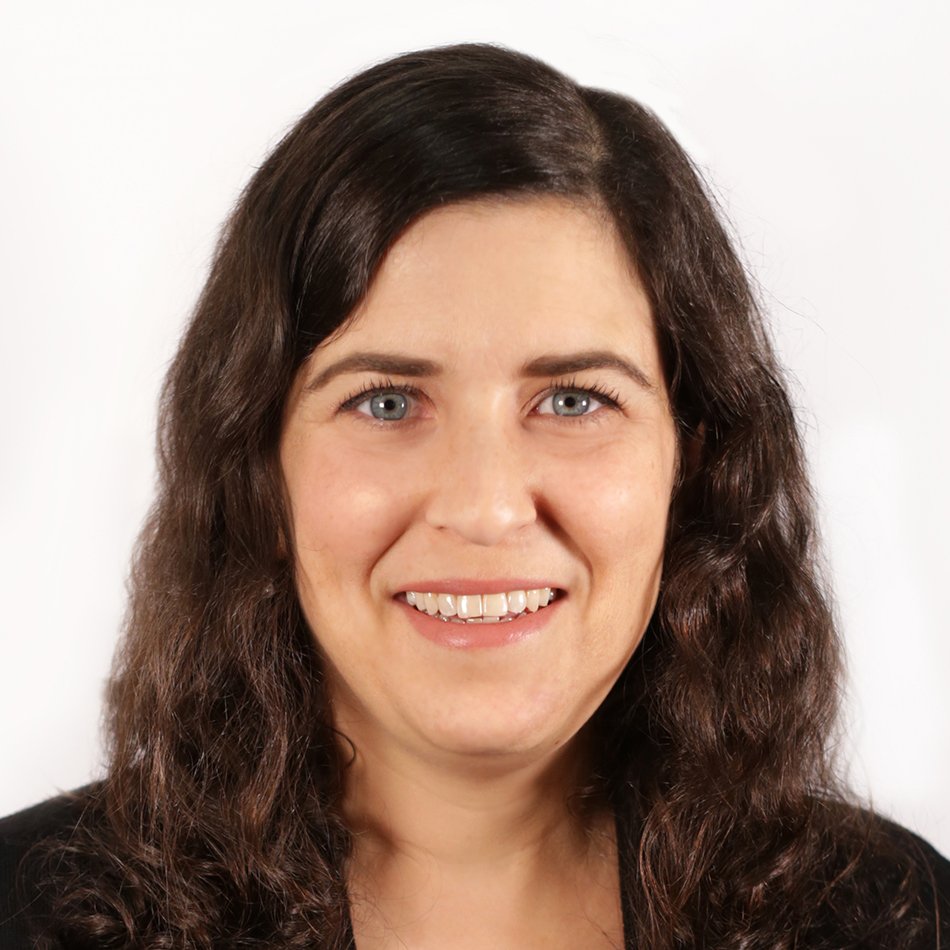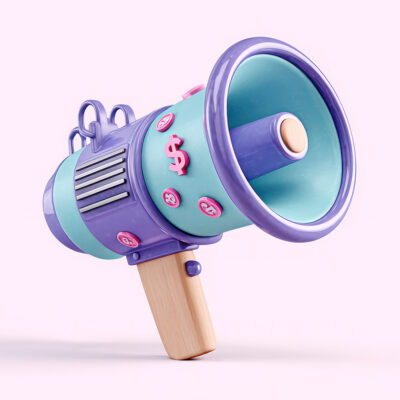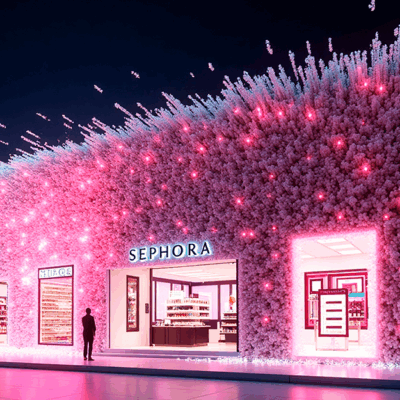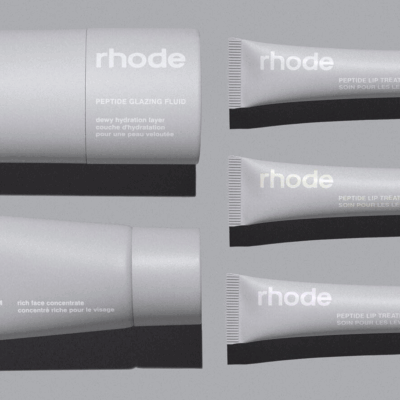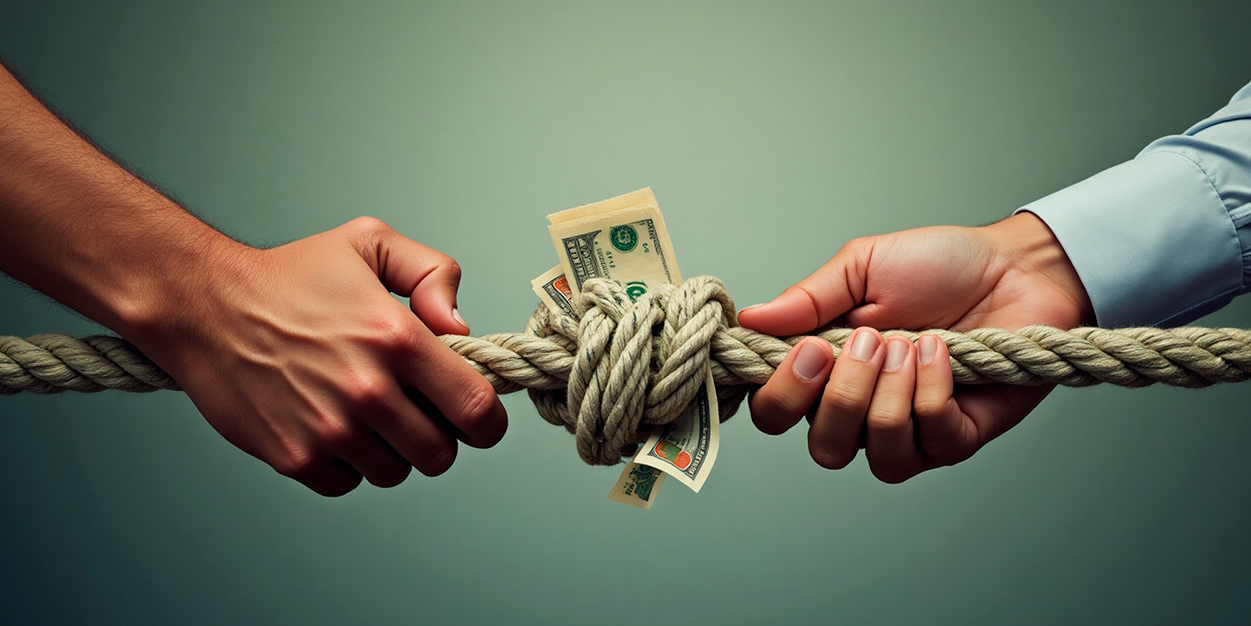
A Small Beauty Brand Buyer On The Valuation Gap That’s Sinking Deals
For the last two years, Thomas Winarick has been scouring the beauty landscape to buy a struggling brand that could be reinvigorated with capital and new management. He’s been in discussions with 10 brands, but, so far, the deals have fallen through.
The big reason? There’s a disconnect between the price brand founders are seeking and the price he’s offering. He says, “I have found this to be a recurring theme in several negotiations and, unfortunately for these founders, I fear, without the willingness to divest for fair valuations, their futures will be dim.”
A third-generation beauty entrepreneur and former president of Palladio Beauty Group and founder of Doll Face Beauty, Winarick would ideally purchase two to three small beauty brands. From his deep network in the beauty industry, he’s assembled a team of four people with the skills—they have backgrounds in operations, finance, product development and packaging—to reverse brands’ fortunes.
“We have created things, and we have taken older properties and turned them into significant businesses. It’s really handing your baby to someone who is going to take care of it and grow it, and it’s a realistic alternative to the alternative,” he says. “People say, ‘I’m going to hang on for another year and things are going to turn around, I’m going to go on TikTok Shop,’ but they don’t realize it costs money to do that the right way.”
Having sold three companies, Winarick doesn’t lack empathy for founders in the difficult position of contemplating letting go of a brand that hasn’t fulfilled their dreams. He reflects, “I’ve been on the other side, and I have taken less for things than I felt they were worth. Sometimes, you just have to be realistic.”
To help establish realistic expectations for selling strained brands, we asked Winarick to share his experience trying to buy them.
The Beauty Brand Specs
The annual revenues of the brands Winarick has considered buying range from $600,000 to $7 million, and 60% to 70% of them generated most of their revenues through direct-to-consumer distribution. Across their distribution, they were either losing money or breaking even. Overspending on cost of goods and spending on advertising without a return are common issues.
The brands may be sold out of their top-performing products and are holding too much inventory in slow movers. They’ve gotten themselves into a severe cash crunch that makes it incredibly difficult to reenergize their business.
“We just found that a lot of these businesses were at the end of their runway,” says Winarick. “They secured financing with their own savings, friends and family or private angel investors, but it’s gotten to the point where the businesses were not growing, and they run out of financing and optimism from their friends and family.”
He’s hunting for brands spanning beauty product categories and price tiers, but is focusing on masstige brands. The brands must have a unique selling proposition, whether that’s from their merchandise, positioning or pricing. He’s drawn to brands that he determines can expand into additional distribution and possibly internationally. If he doesn’t think it has the chance to hit $5 million in sales, the brand isn’t an option for acquisition.
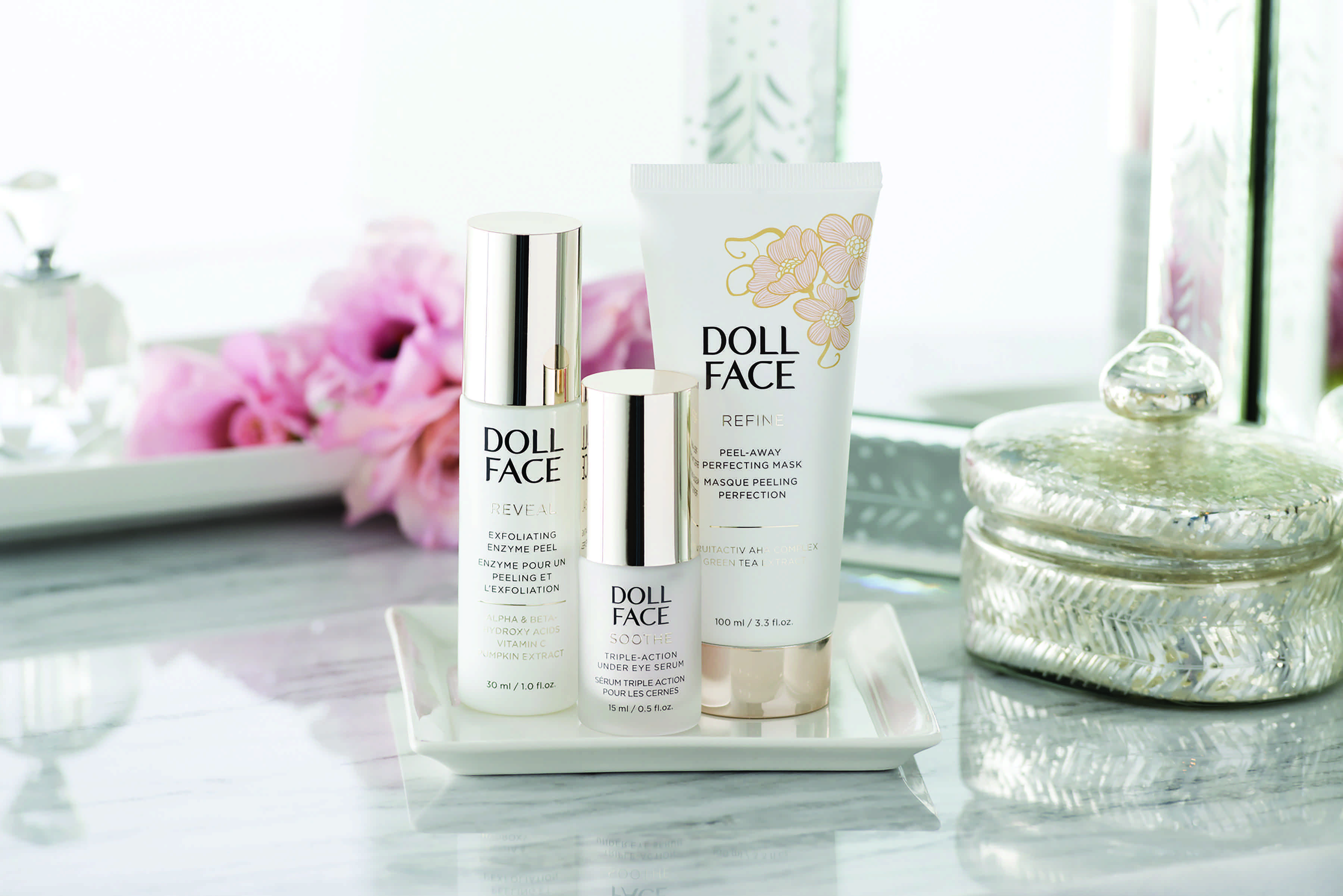
The Sell Side
Among the brands he’s been in serious discussions with, Winarick regularly encounters arbitrary valuations he believes are detached from the brands’ true value. While valuations vary, he’s seen they generally give their brands a valuation of 1X sales. By way of contrast, for in-demand assets in the seed to series A stages, beauty venture capital investors like to see a valuation of 2X to 4X sales, according to a survey conducted of them by VC firm XRC Ventures.
“A lot of it is emotional. I put five years into the business, and I have put my savings, and my mom and dad put money into it. I need to at least get back the money for them,” he observes. “They’re so emotionally invested in what they created that they have a false sense of the valuation of the company and actually the position of where they are.”
Founders tend to aspire to valuations that resemble those from beauty transactions in the headlines. If it realizes a $200 million earnout, Rhode’s $1 billion sale to E.l.f. Beauty will represent a valuation of 4.7X sales and 12X earnings before interest, taxes, depreciation and amortization (EBITDA), but out of thousands of indie brands—the market research firm NielsenIQ tracks around 2,060 starting at $1 million in sales and there are untold thousands not crossing $1 million in sales—that outcome is an extreme outlier.
Winarick says, “I can’t tell you how many times I’ve gotten the line, ‘In the beauty industry, the typical valuation is X times revenue or X times EBITDA,’ but you say you have no EBITDA and, unless you do something with the company, your revenue is going to be meaningless.”
The Buy Side
Winarick has never been linked to a brand by a broker. Instead, he usually reaches out to brands because he’s spotted their social media feed or website. He might be intrigued by what they’re presenting, but notices inactivity on social media or stockouts. Because he’s made it known that he’s open to buying brands, he also fields recommendations for possibilities from industry contacts.
To come up with a price, which he stresses he arrives at on a case-by-case basis, Winarick assesses a brand’s inventory and intellectual property. He wants to pay an upfront amount for brands usually in the vicinity of 20% to 50% under 1X revenue. Along with that amount, the founder can receive a three- to five-year payout of 3% to 10% of sales or EBITDA. Winarick is interested in garnering complete ownership.
Besides the emotional component of founders’ price expectations for their brand, he understands their financial calculus, too. “Sometimes, it was because the founder is living off of it,” he says. “It’s like being on a treadmill. The business isn’t worth selling because they are taking X amount out of the business, and they will think, [the sale price] is only two to three years of me working in the business.”
When a deal doesn’t get done, Winarick is happy to stay in touch with brands and advise them if that’s worthwhile to them. He emphasizes the reason he discussed an acquisition was because he believed the brand had potential. “I always like to keep good relationships with everybody,” he concludes. “You want them to think of you first when they make that decision.”
